Under the shimmering dance of the aurora borealis, life in Iceland unfolds in a way that defies the harshness of its climate. The land of fire and ice, where glaciers meet volcanoes, is often perceived as a place of extreme solitude and unforgiving cold. Yet, beneath the surface of this frozen paradise lies a warmth that radiates from its people—a warmth that turns the long, dark winters into a season of connection and camaraderie.
The Icelandic winter is not for the faint of heart. Daylight dwindles to mere hours, and temperatures plunge well below freezing. But instead of retreating into isolation, the locals embrace the season with a resilience that borders on celebration. In small towns and Reykjavik alike, the cold becomes an excuse to gather—whether in cozy cafes, geothermal pools, or around bonfires during the midwinter festival of Þorrablót. Here, the biting wind outside only makes the warmth inside feel more precious.
One cannot speak of Icelandic warmth without mentioning the tradition of "jólabókaflóð," or the Christmas book flood. As winter tightens its grip, the country transforms into a nation of readers. Friends and families exchange books on Christmas Eve, then spend the long night immersed in stories by the glow of the northern lights. It’s a ritual that turns solitude into shared experience, proving that even in the quietest moments, Icelanders find ways to connect.
The geothermal pools are another testament to this communal spirit. From the world-famous Blue Lagoon to humble local hot pots, these steaming oases are where strangers become friends. There’s an unspoken rule here: in the water, all barriers dissolve. Business deals are made between soaks, teenagers share dreams with elders, and tourists are folded into conversations as naturally as if they’d always belonged. The pools are Iceland’s living rooms, where the heat comes not just from the earth’s core, but from the people who fill them.
Perhaps the most striking contradiction is how the very landscape that seems so inhospitable fosters such deep hospitality. A farmer will wave down a lost traveler to offer coffee. A fisherman might invite you to share his catch. In a country where nature can turn deadly in minutes, people watch out for one another with a vigilance that feels like kinship. This isn’t just politeness—it’s a survival instinct honed by centuries of living on the edge of the Arctic Circle.
The auroras themselves seem to mirror this duality. Their ethereal glow could feel alienating, a reminder of how small humans are beneath the cosmos. Yet Icelanders have turned them into a reason to come together. Northern light chasing is a social activity here—friends pack into 4x4s with thermoses of hot chocolate, strangers bond over camera settings, and everyone gasps in unison when the sky erupts in green fire. What could be a solitary experience becomes a celebration.
Even Icelandic humor reflects this warmth-in-coldness paradox. The jokes are dry as the winter air, delivered with deadpan faces, but they’re always inclusive—a way to laugh together at the absurdity of living where the wind can literally knock you over. Self-deprecation is an art form, and no one is left out of the gentle ribbing. It’s humor as a binding agent, another way to say "we’re in this together."
As climate change alters the Arctic landscape, this social warmth may become Iceland’s most vital resource. The glaciers are retreating, but the human connections only grow stronger. In a world that’s increasingly disconnected despite its digital hyper-connectivity, Iceland stands as a reminder that true warmth isn’t about temperature—it’s about the willingness to open your door when the storm howls outside, to make room at the table for one more, to turn the long night into a shared story.
The auroras will continue their silent dance over the ice fields, but it’s the laughter from the lit-up windows below that tells the real story of Iceland. In this land where the earth itself breathes fire underfoot and the sky burns with cold flame overhead, people have mastered the art of keeping each other warm—not with blankets, but with the stubborn, beautiful insistence that no one should face the winter alone.
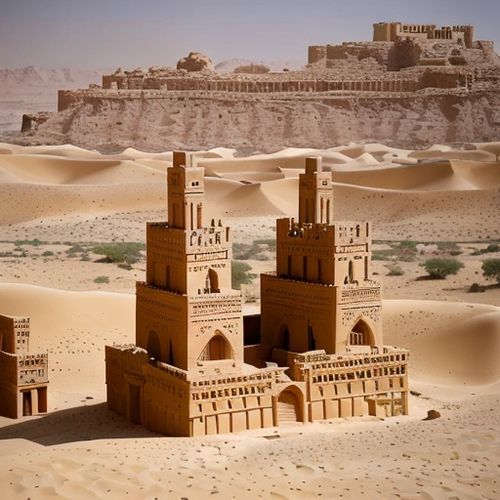
By /May 11, 2025
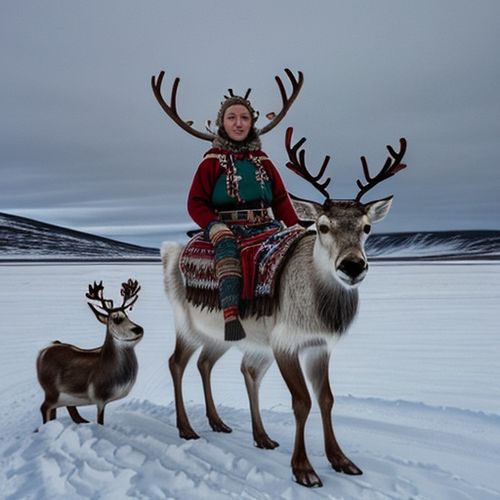
By /May 11, 2025
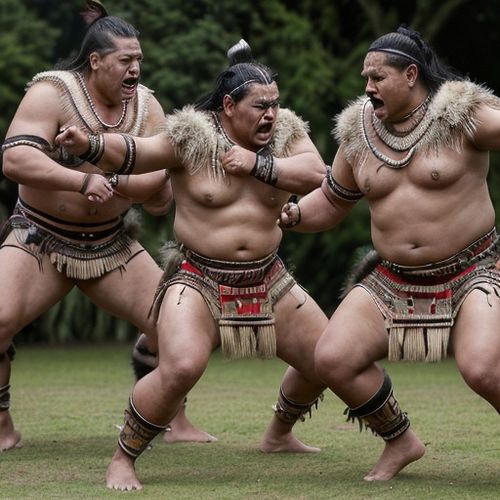
By /May 11, 2025

By /May 11, 2025
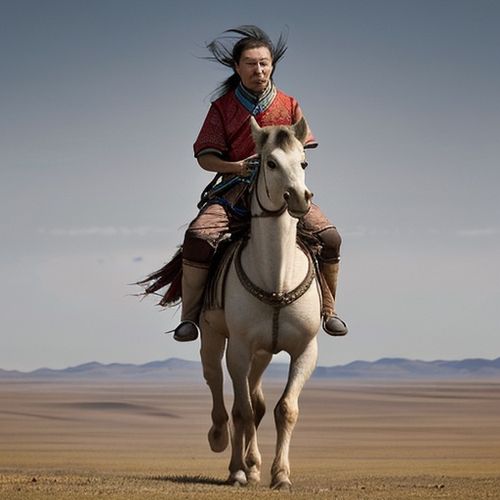
By /May 11, 2025
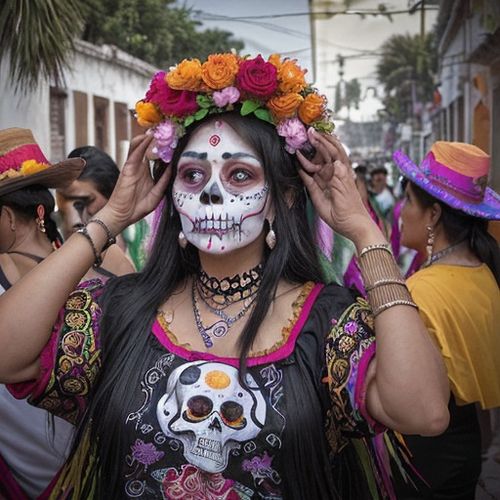
By /May 11, 2025
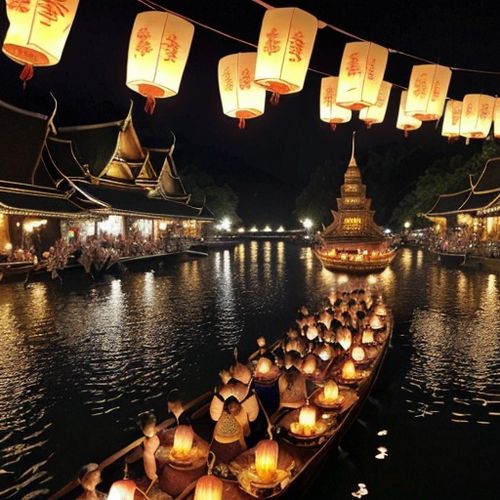
By /May 11, 2025
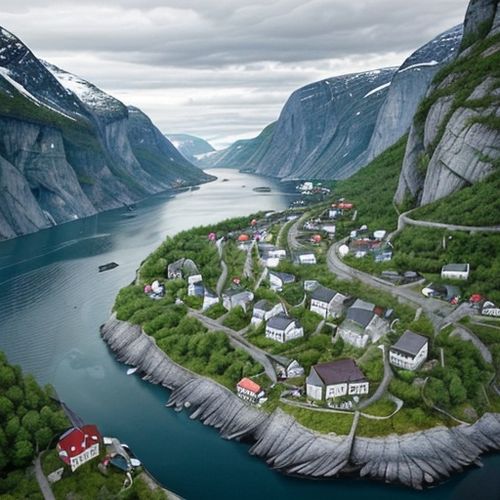
By /May 11, 2025
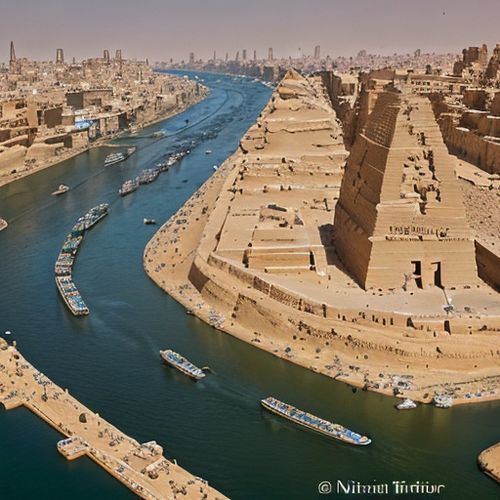
By /May 11, 2025
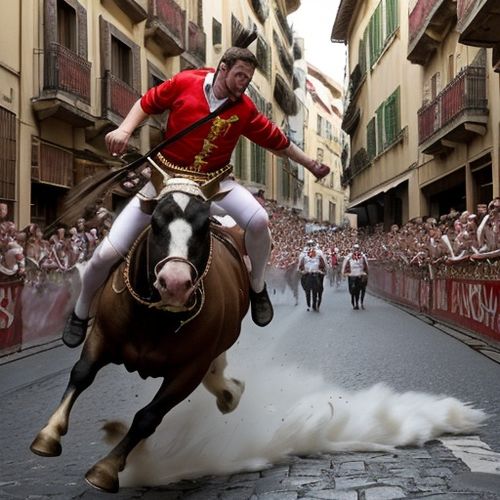
By /May 11, 2025

By /May 11, 2025
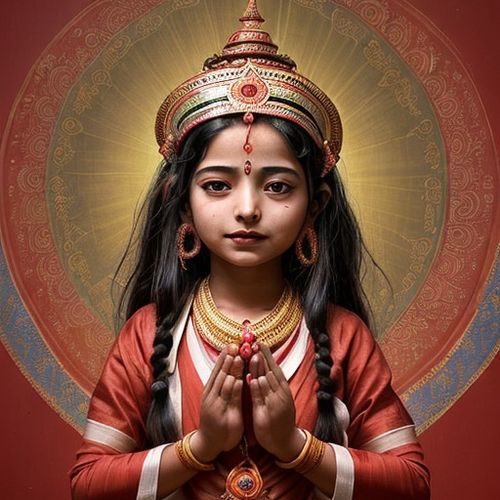
By /May 11, 2025
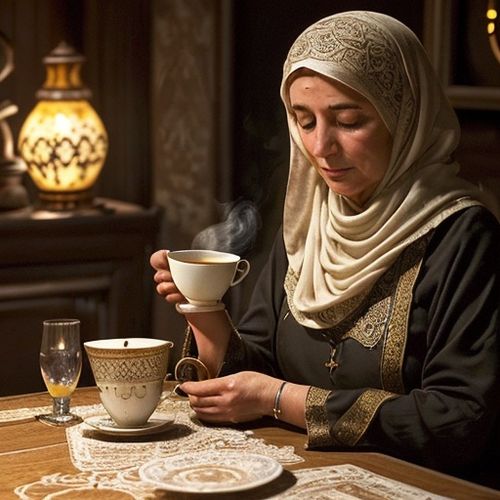
By /May 11, 2025
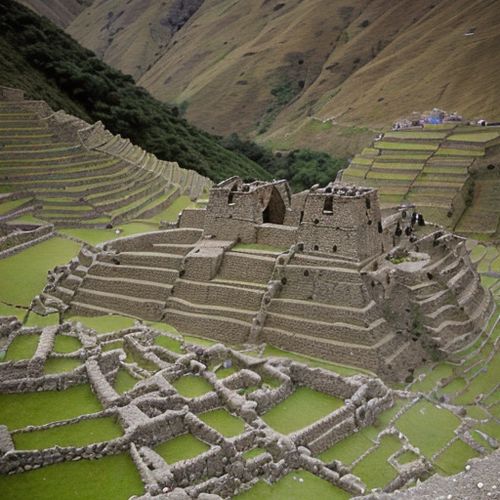
By /May 11, 2025
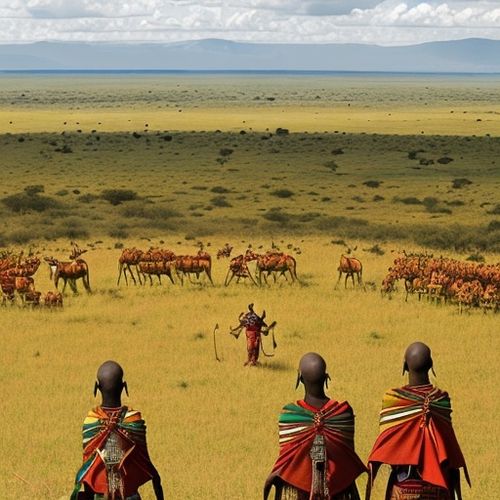
By /May 11, 2025
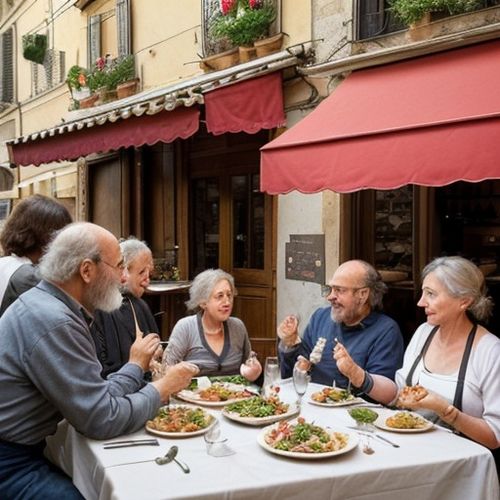
By /May 11, 2025
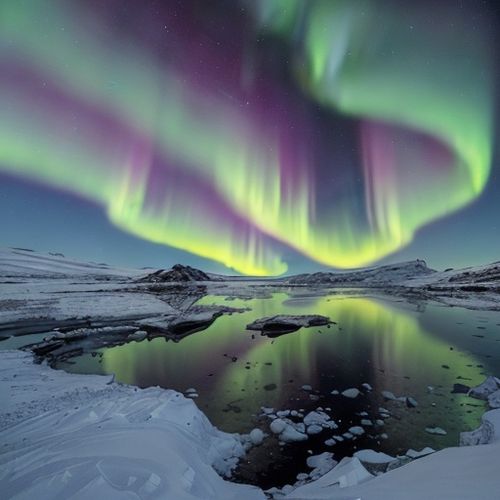
By /May 11, 2025
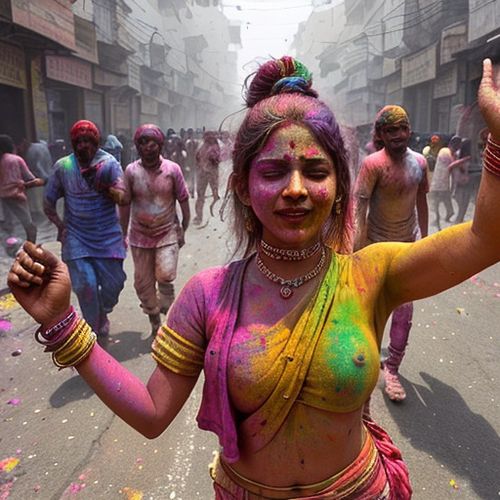
By /May 11, 2025
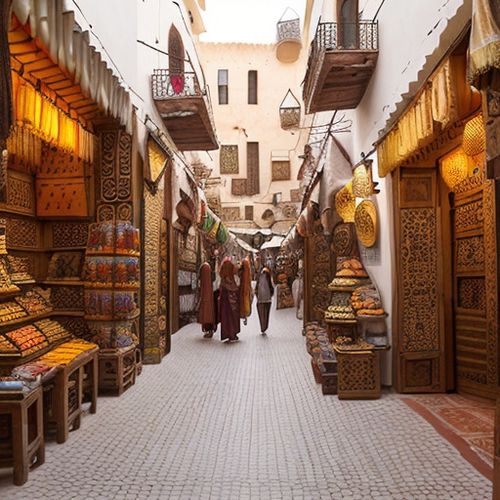
By /May 11, 2025
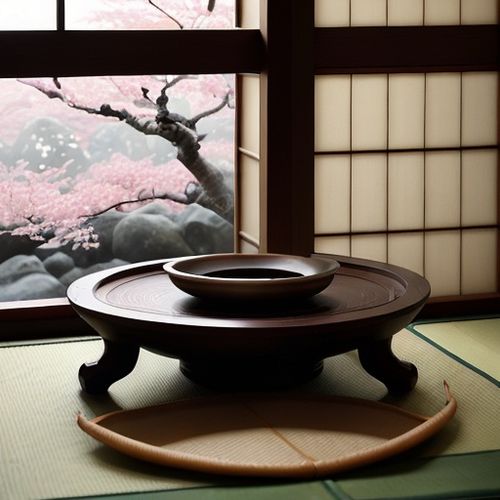
By /May 11, 2025